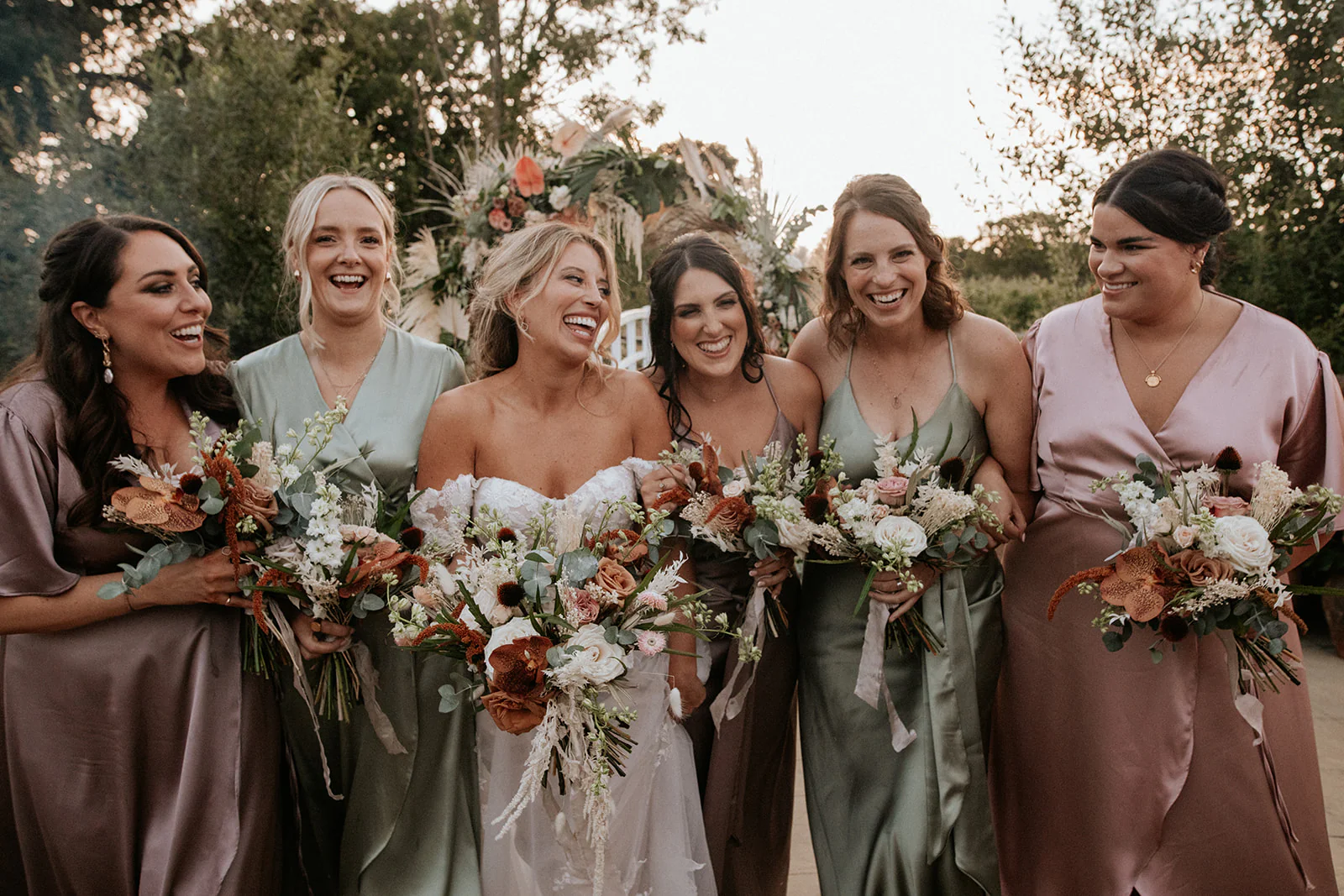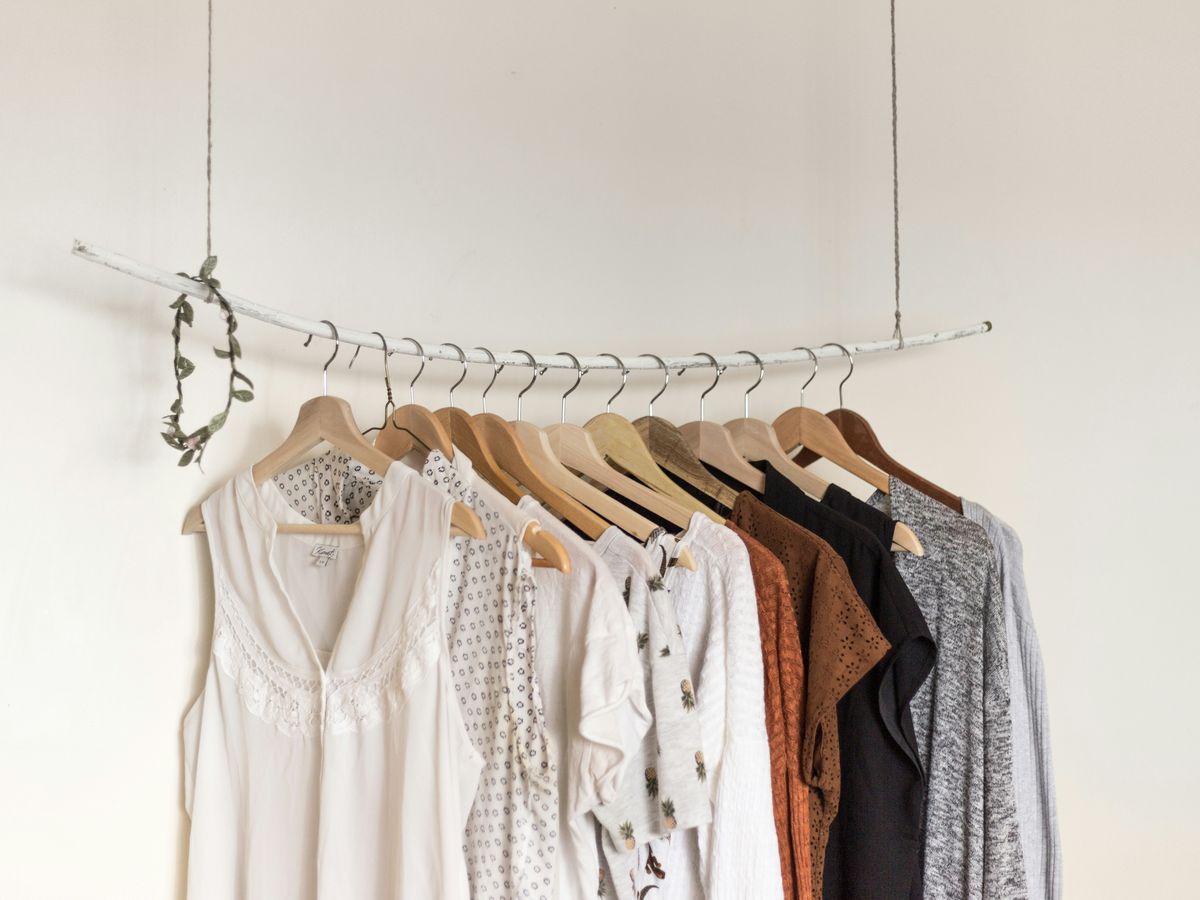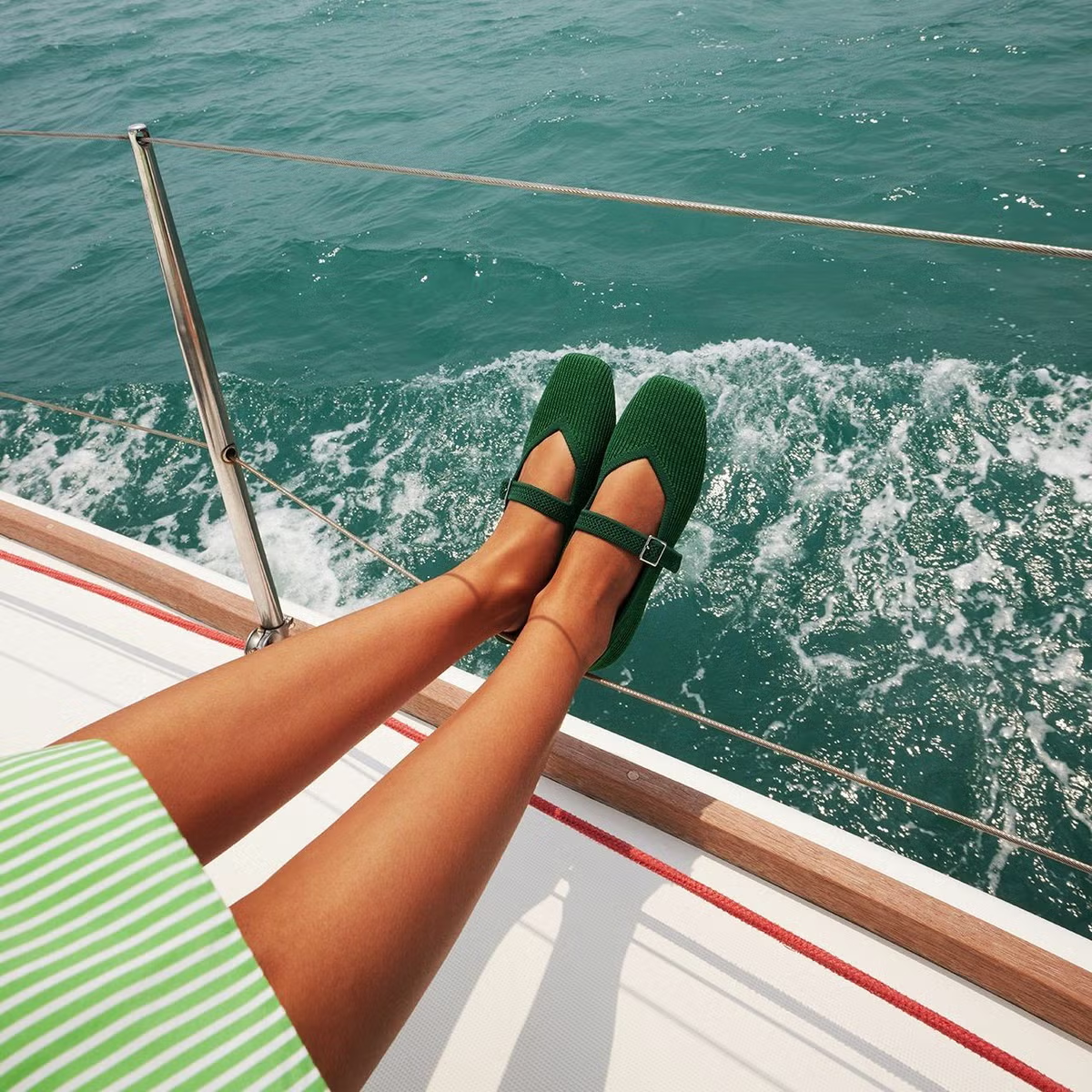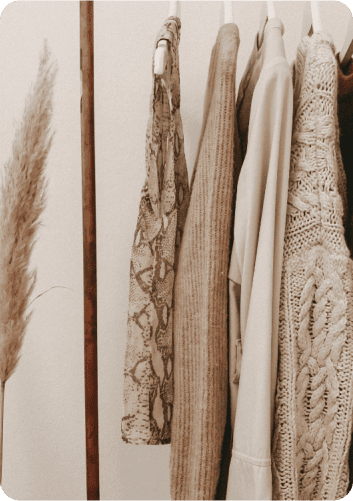The fashion industry is undergoing a necessary shift. As consumers increasingly ask who made my clothes and at what cost, longevity, transparency, and accountability have begun to replace the era of disposability. Fast fashion’s low-cost, short-lived model is losing relevance as more people seek pieces that last both materially and emotionally.
At Ecowiser, we review sustainability claims with a balanced, data-informed lens. Some brands demonstrate meaningful progress; others rely on surface-level marketing. In this OGL Honest Review, we take a deeper look at OGL, a B Corp–certified brand and 1% for the Planet member, to understand how its commitment to timeless design aligns with real sustainability.
Why Timeless Fashion Matters More Than Ever
The average garment is now worn only seven times before being discarded, a sign of how convenience has overshadowed craftsmanship. While many brands have incorporated recycled fabrics or “green lines,” longevity remains the missing link.
OGL’s philosophy “buy less, choose better, wear longer” directly addresses this gap. But the question remains: Does OGL’s design and operational strategy truly support a long-lasting, low-impact wardrobe?
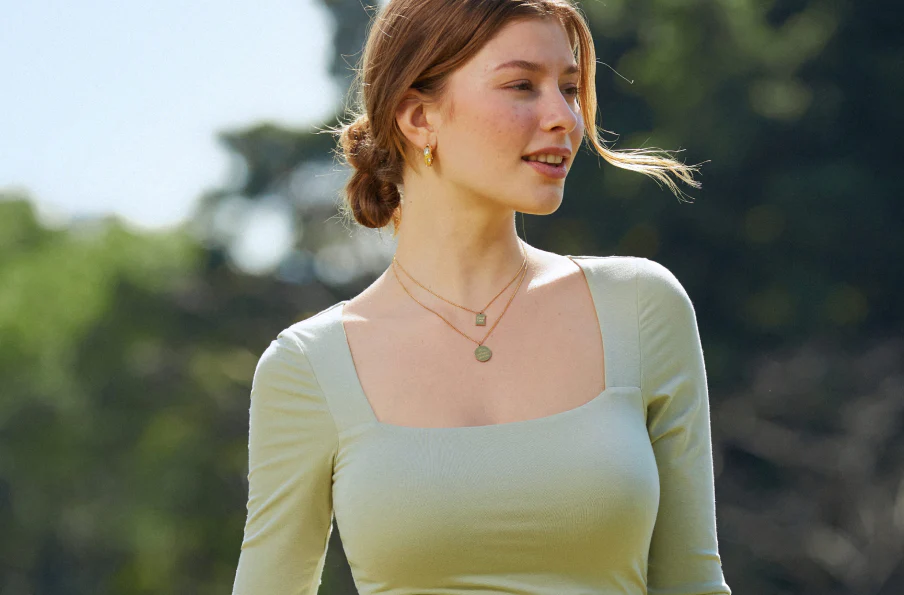
Inside OGL’s Philosophy: The “Less but Better” Approach
OGL positions itself as a brand rooted in restraint: producing fewer collections, prioritizing longevity, and eliminating unnecessary design excess. With minimalist silhouettes, neutral color palettes, and comfort-oriented fits, the brand intentionally avoids the cycle of trend-driven overproduction.
Updated Transparency Context
Earlier, OGL’s publicly available disclosures around manufacturing, suppliers, and labor conditions appeared limited. However, after internal discussions and verified documents shared by the OGL team, it’s important to note:
- B Corp certification evaluates five key pillars: Governance, Workers, Community, Environment, and Customers.
The environmental impact of fabrics is only one subcategory of this broader framework. - OGL has already set 2026 as its target year for upgraded supply chain transparency and disclosures, including clearer documentation of sourcing, supplier relationships, and audit standards.
- The brand shared materials for verification, including:
- information about main suppliers and fabric sources
- compliance data related to factories and worker welfare
- publicly shareable sections of internal sustainability assessments
- information about main suppliers and fabric sources
These internal materials demonstrate that OGL is actively strengthening its transparency systems, even if all details are not yet public.
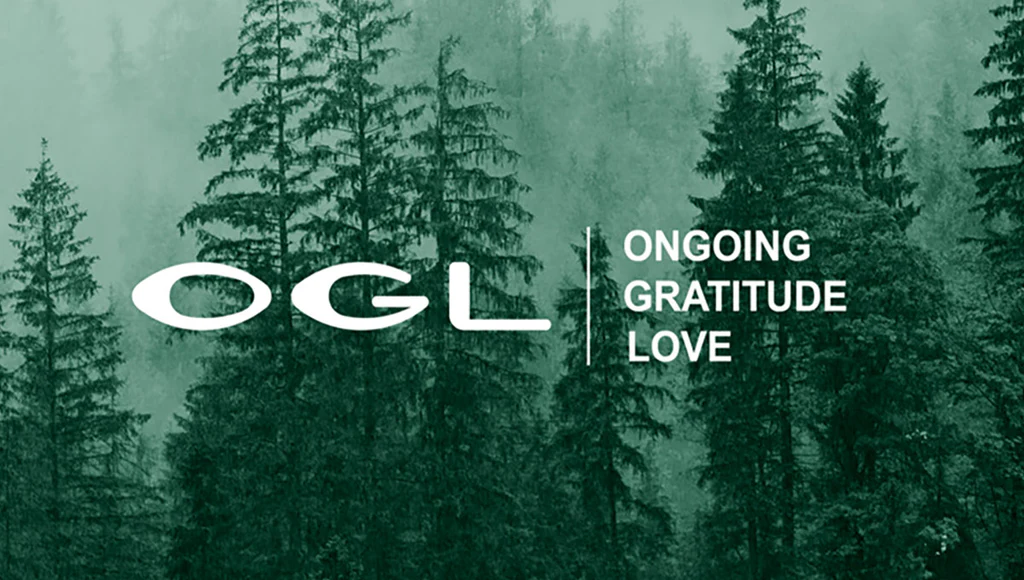
Material Innovation — And the Importance of Clarity
Fabric innovation is one of OGL’s core strengths. The brand invests in proprietary blends that prioritize breathability, softness, and long-term wearability. These efforts reflect a commitment not just to comfort, but also to thoughtful material engineering.
However, there remains room for clarity. Product listings do not consistently specify detailed material compositions or the origin of fibers. In an industry where “eco fibers” can mean many things, such disclosures are essential to helping buyers understand impact.
Despite this, OGL’s B Corp certification and 1% for the Planet partnership offer third-party validation that the brand meets baseline standards for responsible operations across environmental and social metrics.
From Fabric to Feeling: The Real Test of Longevity
What truly sets OGL apart is the emotional durability of its clothing, pieces that stay in your wardrobe because they simply work. From seamless bras to ribbed loungewear and versatile knit tops, OGL’s designs transition across settings: home, office, travel, activewear.
Emotional durability is an underrated sustainability metric. The more you reach for a garment, the lower its lifetime impact. OGL’s comfort-forward design supports this cycle naturally.
The brand could further strengthen longevity by offering more:
- detailed care instructions
- education around maintenance
- repair guidance or long-term garment care resources
These additions would support a more holistic circular approach.
New Notable Achievements
1.Elastic Open Back Brami Tank: International Recognition
OGL’s Elastic Open Back Brami Tank was recently nominated for the International Distinguished Design Award for Sustainable Innovative Products 2025.
This nomination was independently reviewed and validated by a third-party panel, another sign that the brand’s material innovation is gaining global acknowledgment.
2. Strategic Partnership with Helpsy (U.S.)
OGL has established a partnership with Helpsy, a U.S.-based nonprofit specializing in textile recovery and clothing-to-resource regeneration.
Helpsy manages:
- used-clothing collection channels
- responsible recycling and repurposing processes
- transparent documentation of regeneration destinations
Consumers can learn more or participate in OGL’s program here:
https://oglmove.com/blogs/what-we-do/old-clothes-get-new-opportunities-join-ogls-trade-in-recycling-program-1
This adds a valuable end-of-life dimension to OGL’s impact.
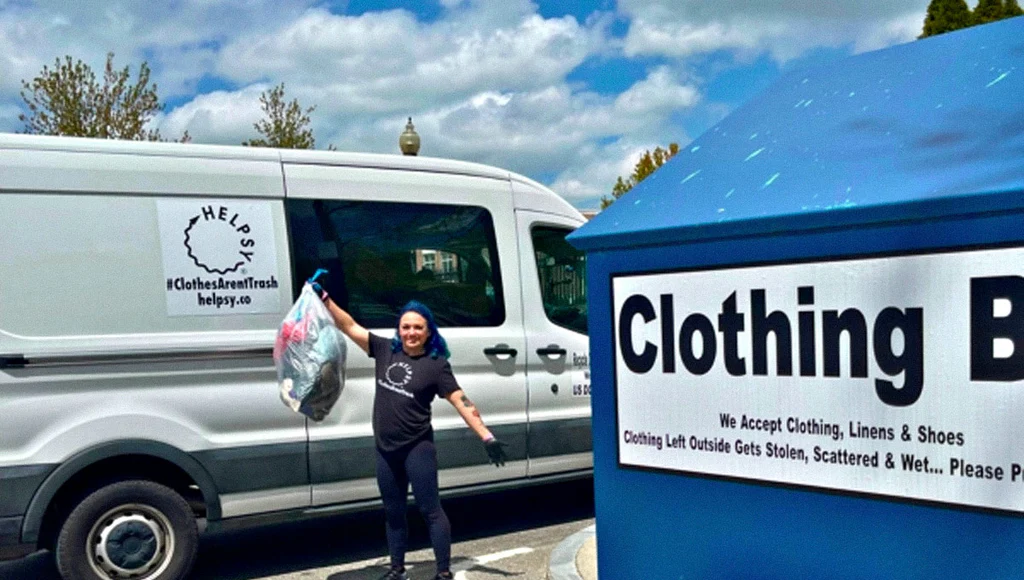
Where OGL Excels — and Where It Can Improve
Strengths
- Minimalist design that encourages slower, intentional fashion habits
- Investments in fabric R&D
- Verified commitments through B Corp and 1% for the Planet
- Recognized product innovation (1723 series nomination)
- Emotional durability – garments designed to be reworn
- Steps toward circularity through the Helpsy partnership
Areas for Improvement
- Full public disclosure of supplier lists and sourcing origins (planned for 2026)
- More detailed material breakdowns at the product level
- Expanded transparency on factory standards and certifications
- Development of long-term repair, resale, or take-back programs
To OGL’s credit, the brand has shown willingness to engage deeply, even offering to involve its ESG lead to ensure factual accuracy. This is a strong indicator of good faith and a maturing sustainability framework.
OGL and the Future of Sustainable Fashion
OGL represents a new wave of small, intentional brands building responsible structures from the ground up. But as with any brand in its growth phase, the challenge lies in scaling without compromising transparency or quality.
Sustainability is an ongoing practice. Brands who communicate their evolution openly tend to earn long-term trust, and OGL’s foundation positions it well to lead by example as it grows.
Ecowiser’s Takeaway: How Consumers Can Build a Wardrobe That Lasts
If you’re inspired by OGL’s ethos, here’s how to apply the same principles to your own closet:
- Audit what you own: Keep what brings comfort and confidence
- Choose versatile staples: Pieces that work across seasons and occasions
- Prioritize durability: Quality woven fabrics and well-constructed fits
- Seek verified impact: Certifications like B Corp, GRS, Fair Trade
- Care intentionally: Follow proper washing and garment maintenance routines
For a deeper dive into making informed fashion choices, explore our guides:
How to Build a Sustainable Wardrobe
Best B Corp Fashion Brands You Should Know
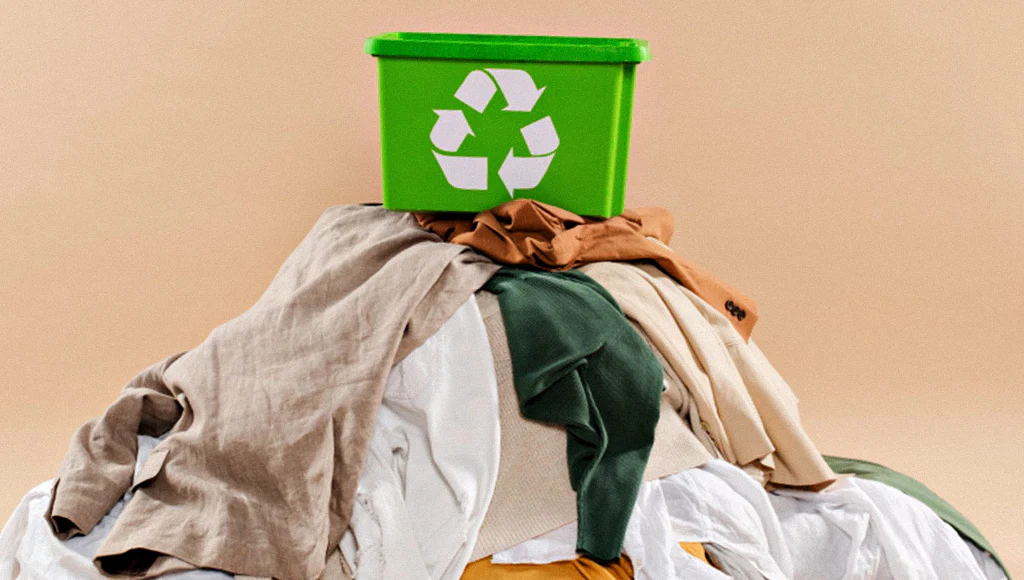
Conclusion: Thoughtful Progress Over Perfection
OGL embodies a philosophy of restraint, not overproducing, not overdesigning, not overpromising. Its greatest strength lies in its intention and consistency; its current limitation is the incomplete public documentation of its impact.
Yet both can coexist in a growing brand. What matters most is that transparency, accountability, and continuous improvement remain core priorities.
OGL’s message, “Build a wardrobe that lasts,” feels more like a challenge than a claim. For the industry, it’s a reminder that the future of fashion isn’t fast, it’s forever in progress.
Explore more at oglmove.com



